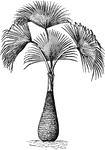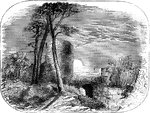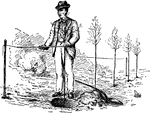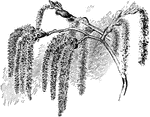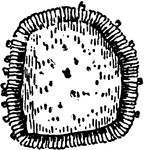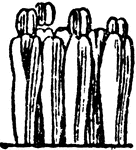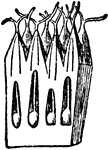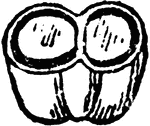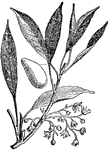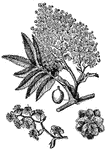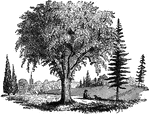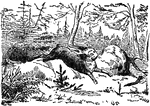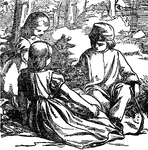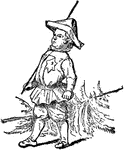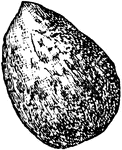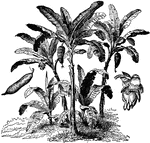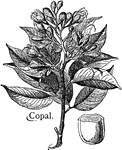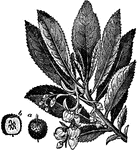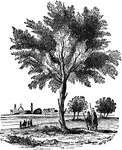
Almond Tree
"A genus of the natural orer Rosaceae, sub-order Amygdaleae or Drupaceae, consisting of trees or shrubs,…

Amadou
"A name given to Polyporus igniarius and P. fomentarius, fungi of the tribe or division Hymenomycetes,…

Arbor Vitae
"A genus of plants of the natural order Coniferae, allied to the cypress, and consisting of evergreen…

Common Ash
"A genus of trees belonging to the natural order Oleaceae, and distinguished by very imperfect flowers,…
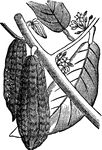
Cocao
"The different kinds of cocoa either consist of, or are prepared from, the seeds of trees of the genus…

Copaiva Tree
"A valuable medicinal substance, consisting chiefly of a resin (Resin of Copaiva) and a volatile oil…

Custard Apple
"The name commonly given in the West Indies and other tropical countries to the fruits of certain species…

Camera Obscura
"Camera obscura strictly signifies a darkened chamber, because the room must be darkened, in order to…

Camera Obscura
"Camera obscura strictly signifies a darkened chamber, because the room must be darkened, in order to…

Aye-Aye
A lemurine quadruped native to Madagascar. Has an elongated middle finger used to dig grub out of trees.

Buffalo Treehopper
It is common all through the United States, from Missouri northwards into Canada, and is sometimes the…

Emporer Moth Caterpillar
Platysamia cecropia. The caterpillar occurring on a great variety of plants, including many of our fruit-trees…
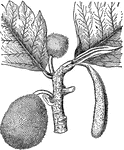
Bread-Fruit Tree
A bread-fruit tree with cuneate-ovate pinnatifid leaves, male flowers in a club-shaped deciduous catkin,…
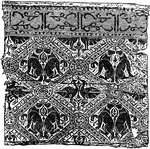
Brocade
Brocade woven in red and olive green silks and gold thread on a cream-coloured ground. Along the top…
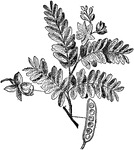
Tamarind
A tropical tree of the legume family, whose pods are used in the production of food and drinks.

The Last Dream of the Old Oak
Scene from the fairy tale, "The Last Dream of the Old Oak," by Hans Christian Andersen.

Alder
A tree whose wood is soft and red. It is a wetland tree that grows throughout the Americas, Europe and…

Allspice
A tree with white blossoms that are very aromatic. As an herb, it is used for culianry and medicinal…

Almond
A tree with pinkish blossoms whose fruit is very fiborous. It is native to Asia and Africa but is grown…
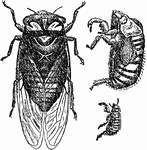
Cicada Pruinosa
This species can be heard in summer and autumn at most any time making its peculiar trilling noise in…

Cicada Septendecim
Also known as the Seventeen-Year Locust, derives its specific name from the fact that it makes its appearance…

Paris Green Sifter
Paris green was used as a popular pigment in artist's paints because of the brilliance of the green.…

Scene in the Cadore Country
This painting, by Titian was so famous for its country appeal that it was turned into a book. It can…

Organic Life, Collage of
A collage of different types of organic life including deer in a forest, farmers harvesting wheat, and…
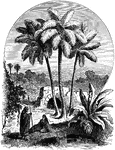
Palm Tree
Palms are one of the most well-known and extensively cultivated plant families. They have had an important…
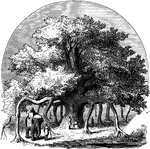
Banyan Tree
East Indian tree that puts out aerial shoots that grow down into the soil forming additional trunks.
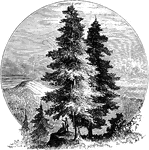
Pine Tree
Pines are native to most of the Northern Hemisphere. In North America, they range from Arctic south…
